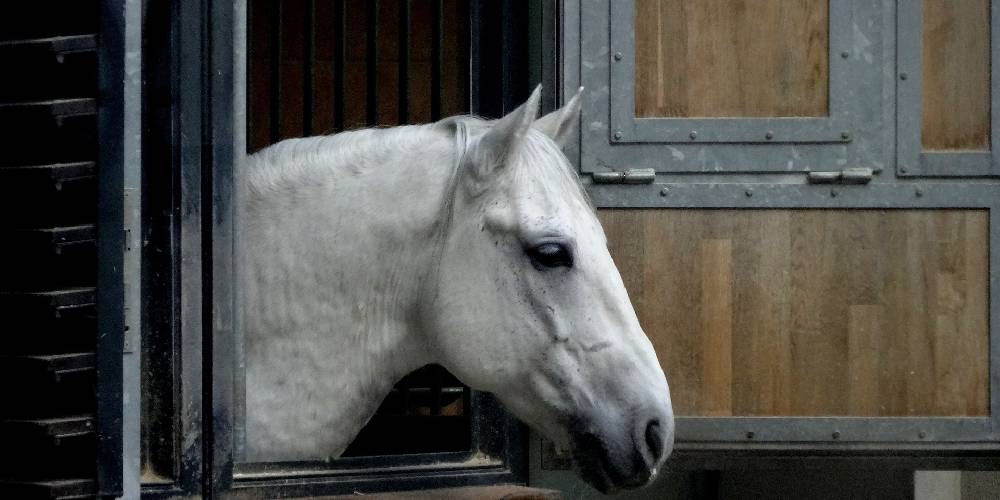The Lipizzaner is a breed of horse that is famous across the world for its great successes as a riding horse and its popularity in the Spanish Riding School. These impressive horses can do a variety of things that most other horses are not known to be able to do which is part of why they are so valued.
What Is the Lipizzaner?
The Lipizzaner is a breed of horse that originated in the country of Austria. This breed of horse is known not only for its gorgeous appearance, but also for its athletic ability. These horses are very popular in Spain where they are used in the Spanish Riding School in Vienna. These horses are smaller in size and don’t reach over 15.3 hands in height. The main color that these horses come in is gray with only a select few horses remaining black or brown.
How Big Are Lipizzaner Horses?
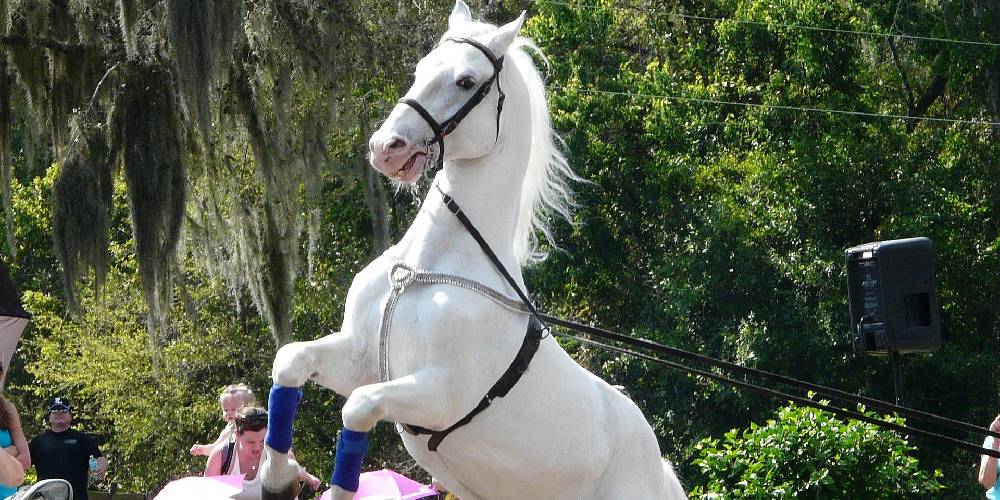
The Lipizzaner is a breed of horse that seems like it would be bigger than it actually is. These horses are actually pretty small and stand at just 15.3 hands high at the tallest. They are usually around 15 hands high on average and should always stand above 14.2 hands high.
This horse breed usually weighs between 1,000 and 1,300 pounds (450 to 600 kilograms). This is actually pretty heavy for these horses considering their smaller size, but this heavier weight comes from their heavier muscular build.
What Colors Can Lipizzaner Horses Be?
If you were to look up images of the Lipizzaner horse, you might find that virtually every picture you see of these horses shows a handsome white or gray horse rather than any other color. This is because a vast majority of the Lipizzaner population only comes in gray. There are only a select few members of this breed that come in black, bay or chestnut, but these numbers are so low that these colors are hardly even recognized in this breed.
The History Of The Lipizzaner Breed
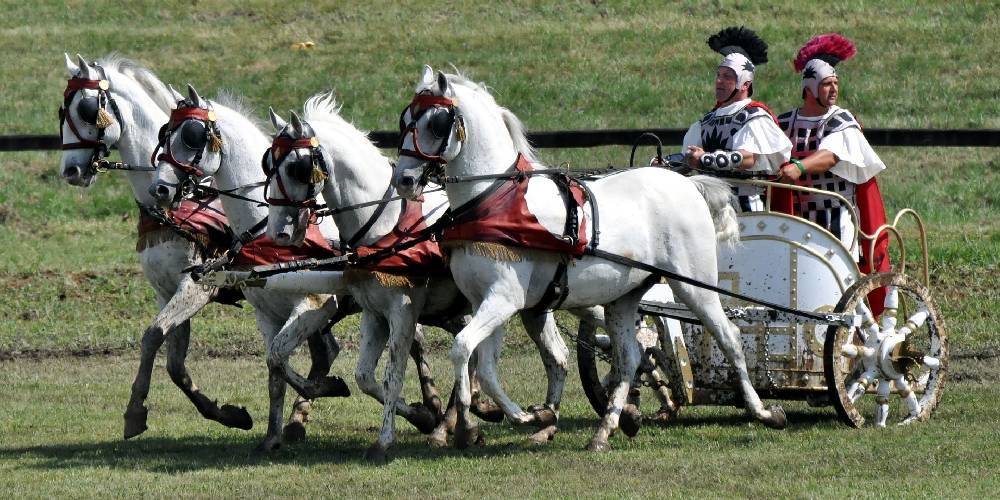
The Lipizzaner has a really interesting history; a more interesting and extensive history than other breeds of horses in the world. The history of this breed starts in the 700s AD when the Moor people invaded the country of Spain. In this invasion, the moors brought Oriental horses like the Barb and the Arabian. The horses that stayed in this Spanish region were bred with horses of Iberian descent to make these horses a little heavier and less hot. It was through this breeding that the Andalusian horse was created. It was the Andalusian that had the most influence in the creation of the Lipizzaner breed.
Fast forward 800 or so years to the year of 1580. It was in this year that Archduke Charles, who has inherited the country of Austria-Hungary, decided that he wanted to make his horses better. To improve his horses the thought that it would be best to school them in a type of equitation riding and training known as haute ecole where the horses would perform jumps, leaps, and kicks in the air at their handler’s command.
To do this new training and breed horses just for this purpose, Archduke Charles founded a stud in Lipizza which not only produced horses for the haute ecole training, but horses used for driving and pulling carriages as well. He filled this stud with horses of Iberian descent as well as Andalusian horses and other Spanish breeds. It was these horses that became the so-called ‘foundation stock’ of the Lipizzaner breed.
When he decided he needed more bloodlines to even further improve these new horses, Barb, Arabian, Neapolitan, and Kladruber horses were added into the mix to add some of their own unique traits.
In the year 1572, the Spanish Riding School of Vienna opened its doors. The goal of this riding school was to teach people proper equitation. The original riding school was held in a crusty wooden facility before it was relocated to the grand modern-day location. This relocation happened in the year 1735 by command of the king Charles VI.
When the Austria-Hungary empire collapsed, the stud for Lipizzaner horses was relocated to the city of Piber in the country of Austria.
To protect the breed during World War II, these horses were moved over to Germany.
Today, these horses are bred in several different locations including Lipizza and Babolna, but mainly in Piber.
How to Identify the Lipizzaner Horse
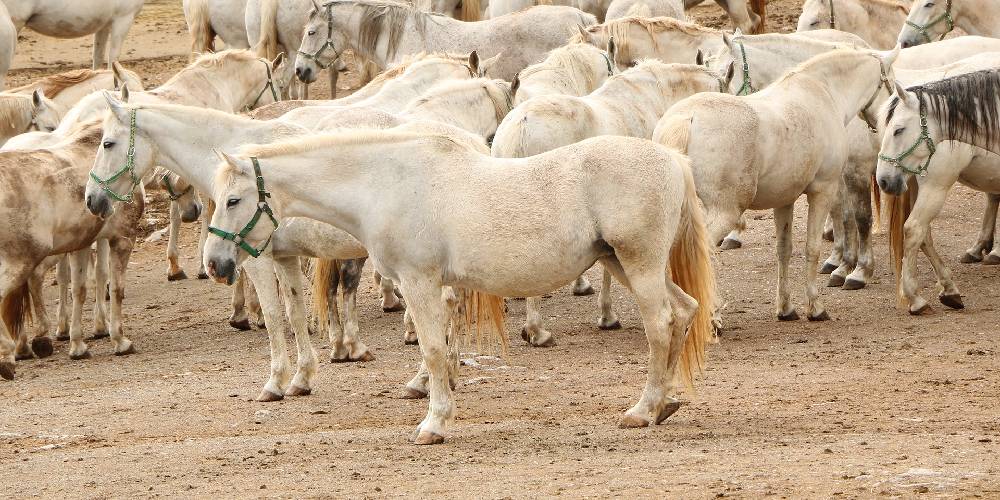
The Lipizzaner is a handsome breed of horse that can be identified by the following traits:
- Large Head
- Straight Or Slightly Roman Nose
- Fine, Pointed, Tapering Ears
- Kind Intelligent Eyes
- High-Set Thick Neck With A Graceful Arch
- Short Straight Shoulders
- Powerful But Short Legs
- Small Strong Hoovers
- Short Strong Back
- High Set Tail
- High Croup
- Gray Coat
What Type Of Horse Is the Lipizzaner?
The Lipizzaner is classified as a warmblooded breed of horse. This is because these horses are mixed with both heavy horses and light hot horses making it almost exactly in-between hot and cold blooded horses.
What Is the Lipizzaner Good At?
The Lipizzaner is used mainly as an equitation horse for the haute ecole style of riding. It is in the Spanish Riding School and other riding schools that will used these horses for riding. Because these horses were bred for the haute ecole riding style, they are seldom used for riding outside of this.
How Long Do Lipizzaner Horses Live?
This breed of horse, because it was so carefully bred and given the best known traits for horses will live, on average, between 30 and 35 years. This is a long time seeing that the average horse will only live to be between 25 and 30 years old.
Fun Facts On Lipizzaners
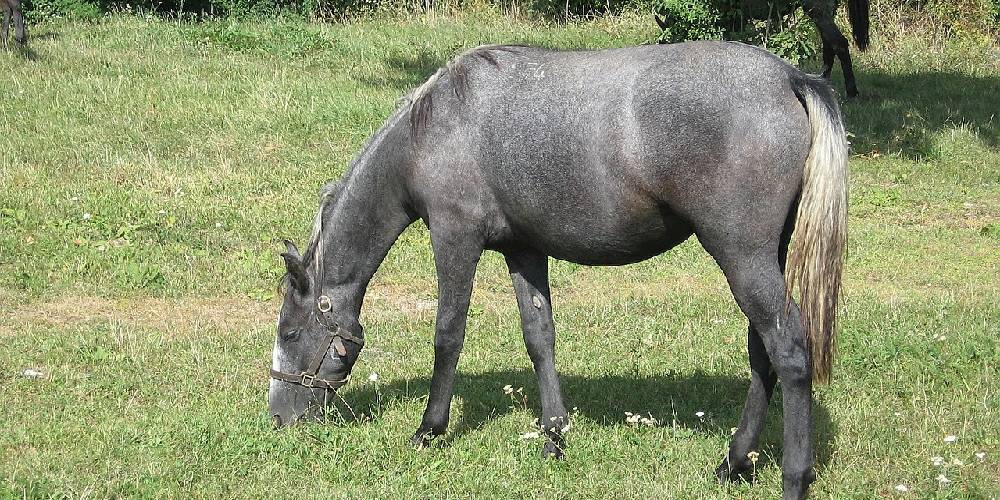
- Lipizzaners, unlike other horses, take around seven years to full mature
- Some Lipizzaners are known to live well into their 40s
- These horses have one of the best recorded history of any breed.
- These horses are usually born black or bay and can take up to 10 years before they turn completely white
- Some Lipizzaners are used as carriage or dressage horses
- Sometimes these horses are referred to as Lipizzan horses rather than Lipizzaner horses

